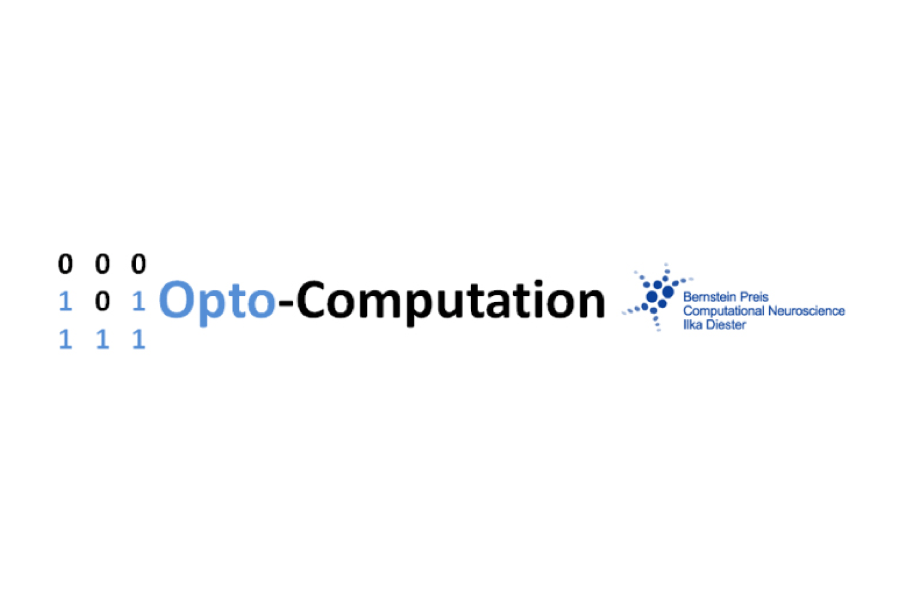Perturbation resistant neural networks in motor cortex.
Motor cortex is the main output structure of the mammalian brain. What goes out to spinal cord will influence our movements. To prevent involuntary movements, neural activity in motor cortex is under tight control of local microcircuits which determine whether a signal propagates further and eventually evokes a movement. How these control mechanisms are realized is not entirely clear. How does motor cortex deal with inappropriate input and how does it overcome disruptions? To what extent does the spread of activation depend on the particular network structure of the brain, or the connections between nerve cells? How do the mechanisms differ between species?
An adequate experimental setup in combination with a model of network dynamics is needed to investigate these questions. With the emergence of spatially and temporally precise manipulation techniques combined with electrophysiological recordings and the appropriate analysis tools, the answers to these research questions are now within reach. I will use multi-electrode arrays for the recordings of neural population responses and optogenetic and electrical stimulation methods for the stimulation of neural populations. 3D reconstruction of motor behavior will allow capturing and parameterizing the movements and correlating these parameters with the recording and stimulation signals.
The experiments will be conducted in rodents and rhesus macaques in parallel which allows exploiting the respective advantages of the two animal models (quick test cycles in rodents and sophisticated behavior in monkeys) as well as the comparison of their functional motor cortex organization. In order to organize the obtained results, a theoretical framework is required which allows filling in data bit by bit and thus systematically solving the puzzle. As such framework I chose small-world-like networks due to their features which resemble anatomical and functional connectivities of the brain. With this approach I aim to reveal key features of organization and computational power of motor circuits.

